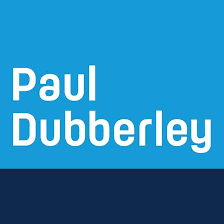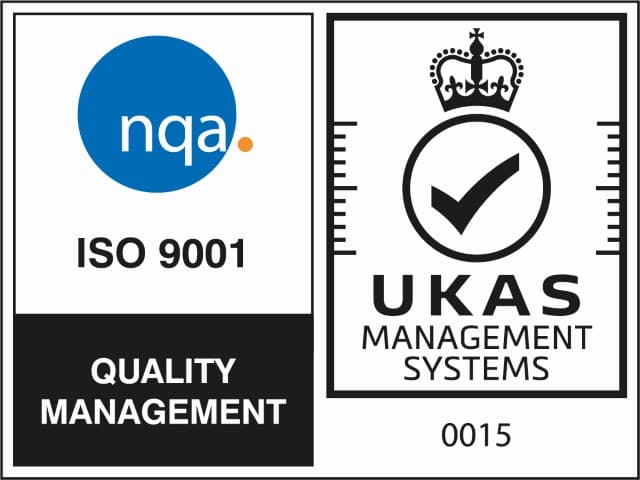Boundary Disputes
Boundary disputes arise when there is uncertainty surrounding who owns areas of land between two properties. Sometimes disagreements are easy to resolve, however, it is often difficult to find legal documents that accurately show where the precise boundary of a plot of land lies.
Difficulties defining the boundary line
Unfortunately, the boundary lines shown on maps help by the Land Registry often only show an approximate location of the boundary and are usually not precise enough to resolve a dispute. Occasionally ‘T’ marks on a boundary diagram indicate which side is responsible for the boundary structure, but unless they are referred to in the deeds submitted for land registration (and they usually are not), they will not be included on the boundary map.
The lines on Ordnance Survey maps are also too vague to be used for legal procedures. They follow the UK’s ‘general boundaries rule’, which means the title plan only has to show a physical boundary in relation to a landscape feature such as a hedge or stream and does not have to define the precise legal border.
Boundary Disputes
There is a widely held belief that the way a boundary structure is constructed dictates who the land belongs to, for example, fence posts will be on the side of the land that has ownership of the fence. However, there is no legal foundation for this, unless the rule is specifically mentioned in the deeds.
The role of a chartered surveyor
Because of the complex nature of land records, and the absence of precise boundaries on most title deeds, a chartered surveyor is often required to help solve disputes. The surveyor will pursue several lines of enquiry, including investigating historical documents, physical features of the land and all the available legal documents. They will then be able to compile technical evidence to prove who owns the land. Usually this will solve the dispute, but if both parties still disagree the surveyor will act as an expert witness in court, which means they will provide the technical evidence and advice required for the court to make a decision.
Once a dispute is resolved
Under the Land Registration Act 2002, boundaries can now be determined with precision. Upon resolving a dispute, your surveyor will prepare an accurate plan for submission to the Land Registry. This document will no longer be subject to the general boundaries rule, and the boundary line shown will be legally binding.
If ownership of a boundary cannot be legally determined
Sometimes there is not enough evidence to determine who owns a particular boundary. In these instances, the boundary is regarded as belonging to both adjoining property owners and is known as a party boundary.
Or contact us for more information:
info@allcottassociates.co.uk | 0333 200 7198












